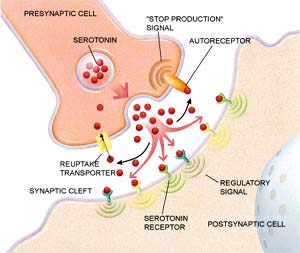Monday we talked about the Brainy Gene article
Gene: NDE1
Protein: NDE1
Trait: formation of the cerebral cortex by changing how many and what cells are made.
A deletion mutation (2 different versions) causes a frame shift in the sequence. What does this do to the protein?
These mutations result in a much lower growth of the cerebral cortex resulting in children with brains that are only 10% of the normal size. These mutations are recessive therefore how many copies of the allele does there need to be for the microcephaly to be expressed?
GENE EXPRESSION -Control in Eukaryotes
How can gene expression be controlled in Eukaryotes?
-Reguation of mRNA
-Introns/Exons splicing
-Methylation
-Transcription Factors
We will focus on Transcription Factors(TF) (this relates to your Neurosis Article)
What are TF's? - proteins that bind to specific sequences of DNA upstream of a gene (these are the sequences that can be short or long that your neurosis article talked about), that increase or decrease the transcription of a gene.
-TF change expression by:
-Changing shape of DNA - to allow easier binding of the RNA polymerase resulting in increased expression
- Blocking genes from RNA polymerase - this lowers (turns off) gene expression.
Neurosis Article
In this article you read about a gene called 5HTTP which is a transport protein that is responsible for uptake of the neurotransmitter seratonin. which is involved in anxiousness. Scientists have discovered a region above the gene itself that along with transcription factors determines how many transporters are made and how quickly they take up seratonin. This region has 2 variants, one short and one long. If you have the short version, there is less receptors transcribed and therefore less uptake of seratonin leading to increased anxiousness, while the long version allows more transporters to be made, lowering the amount of seratonin and decreases anxiousness.
Does this work mean the trait of 'anxiousness' is only genetic, only environmental or both? What is your evidence?


No comments:
Post a Comment